Icelandic Gin Botanicals
Icelandic gin is a unique and flavorful spirit that is made from a blend of botanicals that are native to Iceland. These botanicals provide the gin with its distinct flavor profile and help to make it a truly one-of-a-kind spirit. In this descriptions, we will explore the botanicals that are used in Icelandic gin, what they look like, how they grow, and the flavor profile that they bring to the gin.
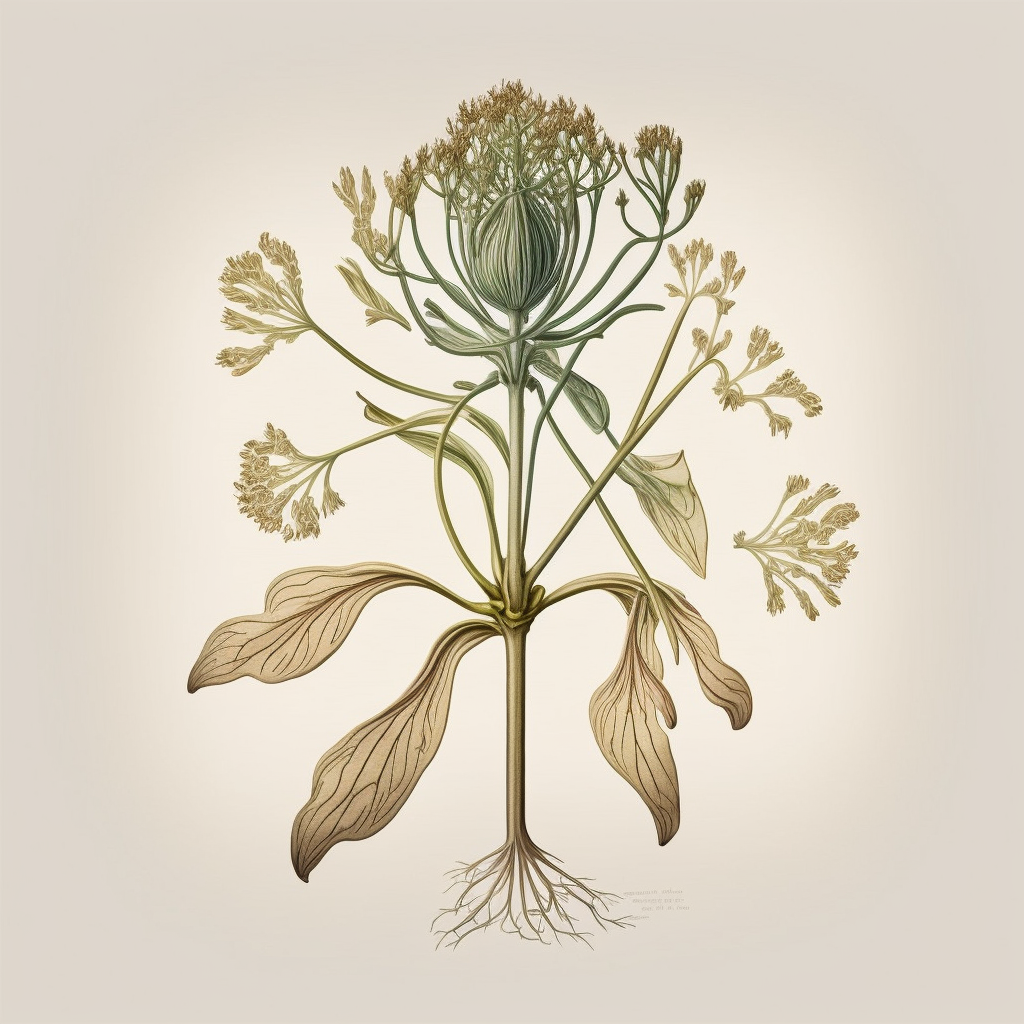
Angelica Root
Angelica is a tall, perennial herb with large, umbrella-like leaves and greenish-white flowers. The root is earthy and slightly sweet, with a slight bitter edge. It is used in gin to balance the other botanicals and add depth of flavor. Typically, a small amount of angelica root is used (up to 5%).
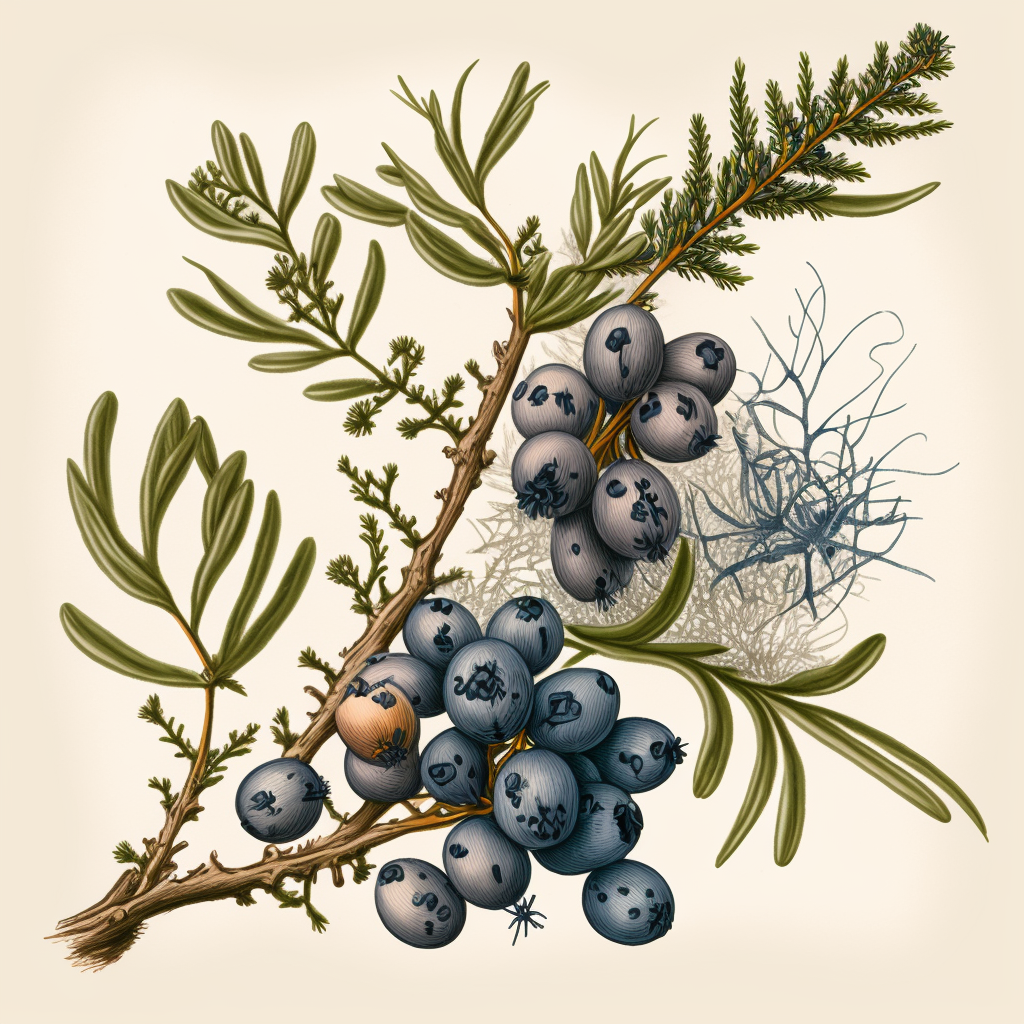
Juniper Berries
Juniper is a coniferous shrub that grows throughout the world. The berries are small, blue-black and have a distinct, piney aroma. They are the dominant flavor in gin and typically make up the majority of the botanical blend (up to 75%). Juniper berries provide a crisp, piney flavor to gin.
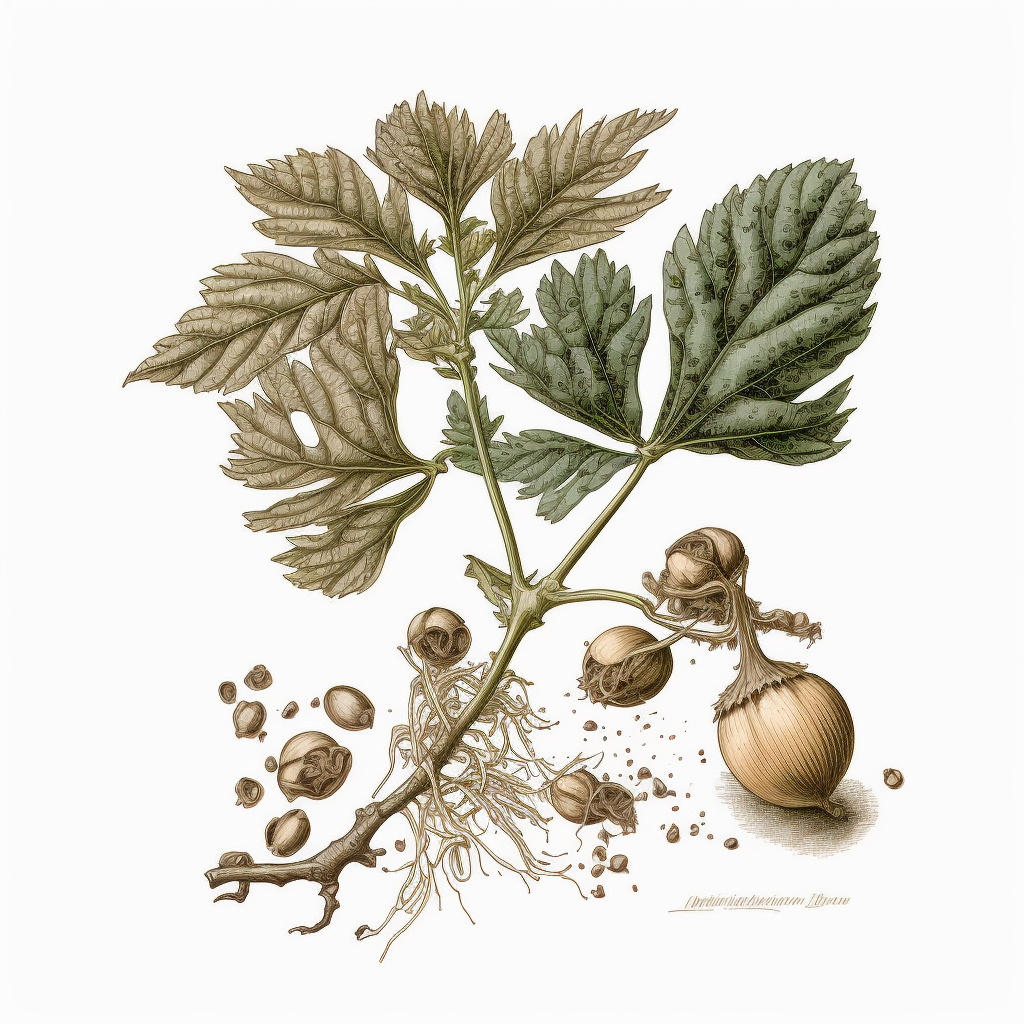
Coriander Seed
Coriander is an herb in the same family as cilantro. The seeds are small, round and have a citrusy aroma. They are used in gin to provide a bright, citrusy flavor. Typically, a moderate amount of coriander seed is used (up to 10%).
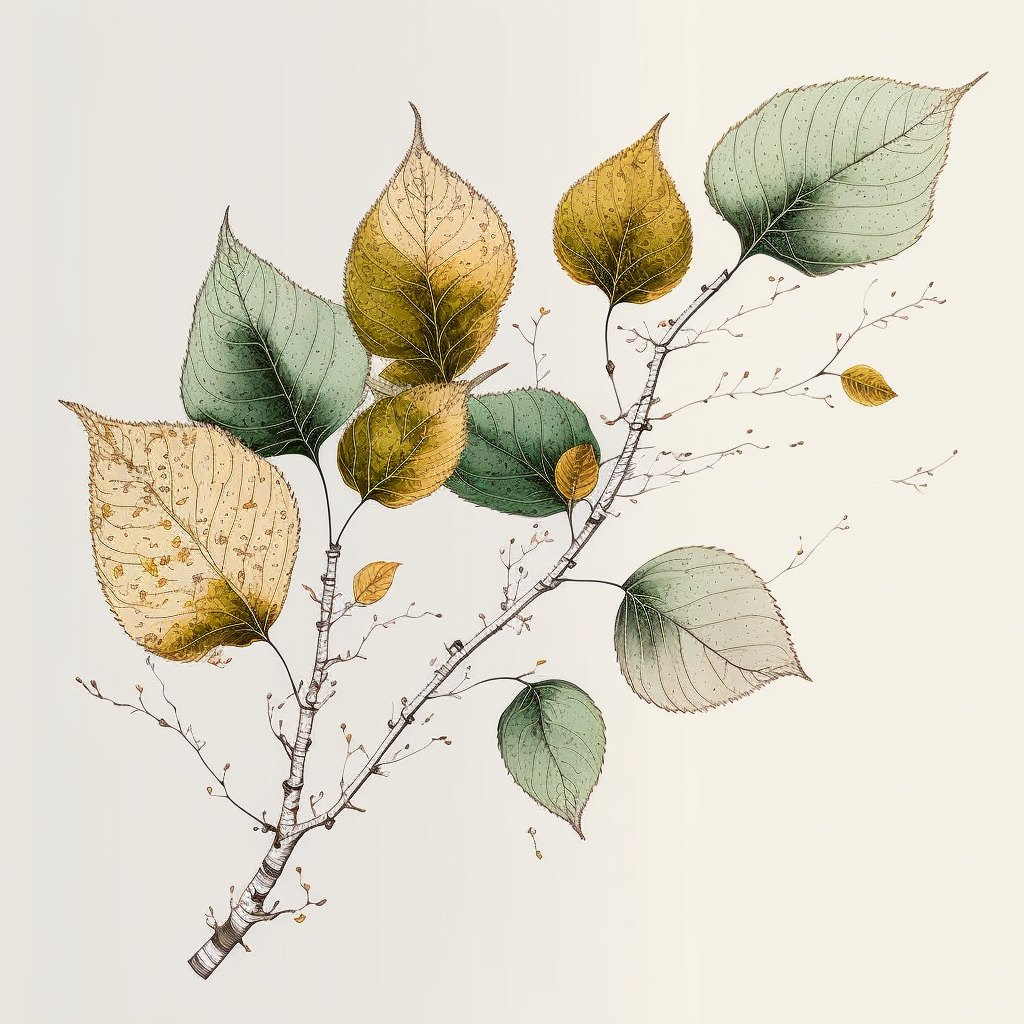
Birch Leaves
Birch is a deciduous tree native to northern regions. The leaves are thin and delicate, with a slight sweetness. They are used in gin to provide a woodsy, earthy flavor. Typically, a small amount of birch leaves is used (up to 2%).

Birch Bark
Birch bark is harvested from the trunk of the birch tree. It has a strong, woodsy aroma and is used in gin to provide a deeper, more intense flavor profile. Typically, a small amount of birch bark is used (up to 2%).
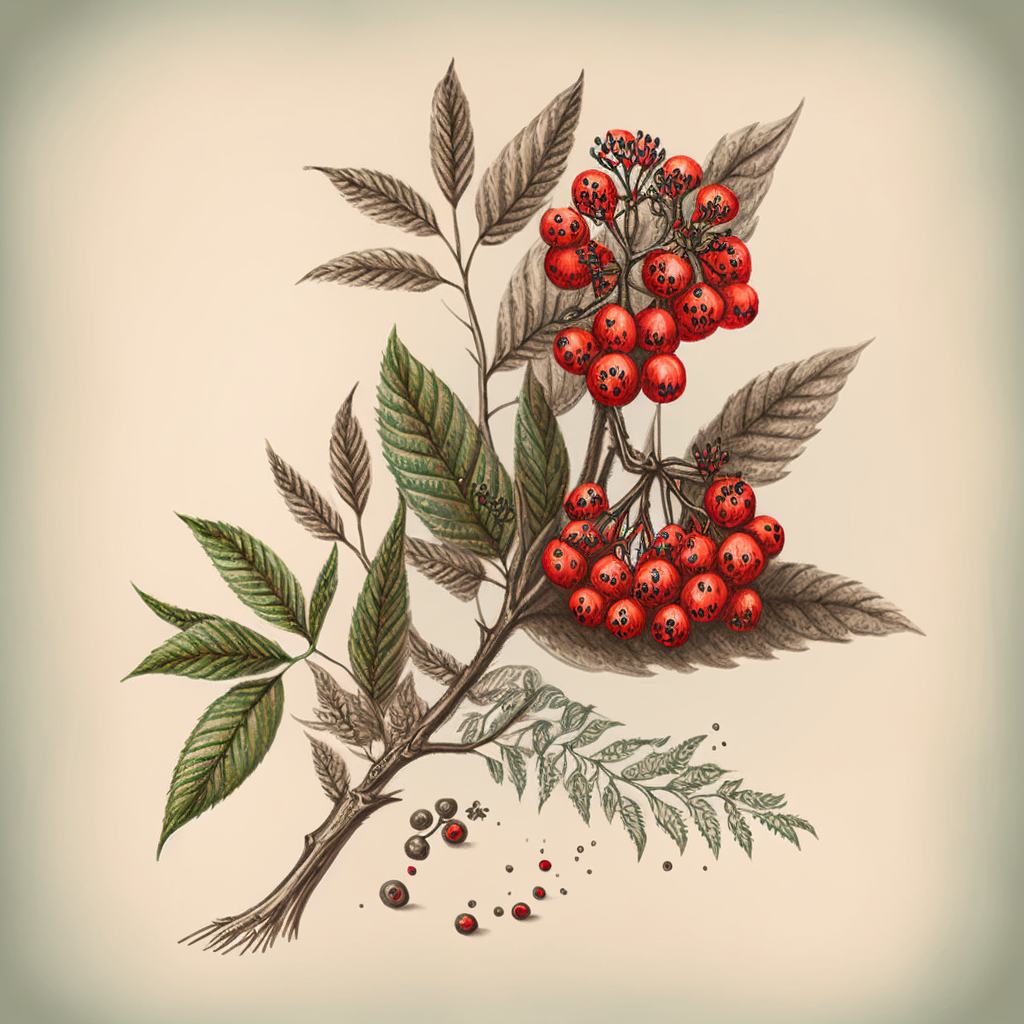
Rowan Berries
Rowan is a deciduous tree native to northern regions. The berries are bright red, small, and tart. They are used in gin to provide a crisp, fruity flavor. Typically, a small amount of rowan berries is used (up to 2%).
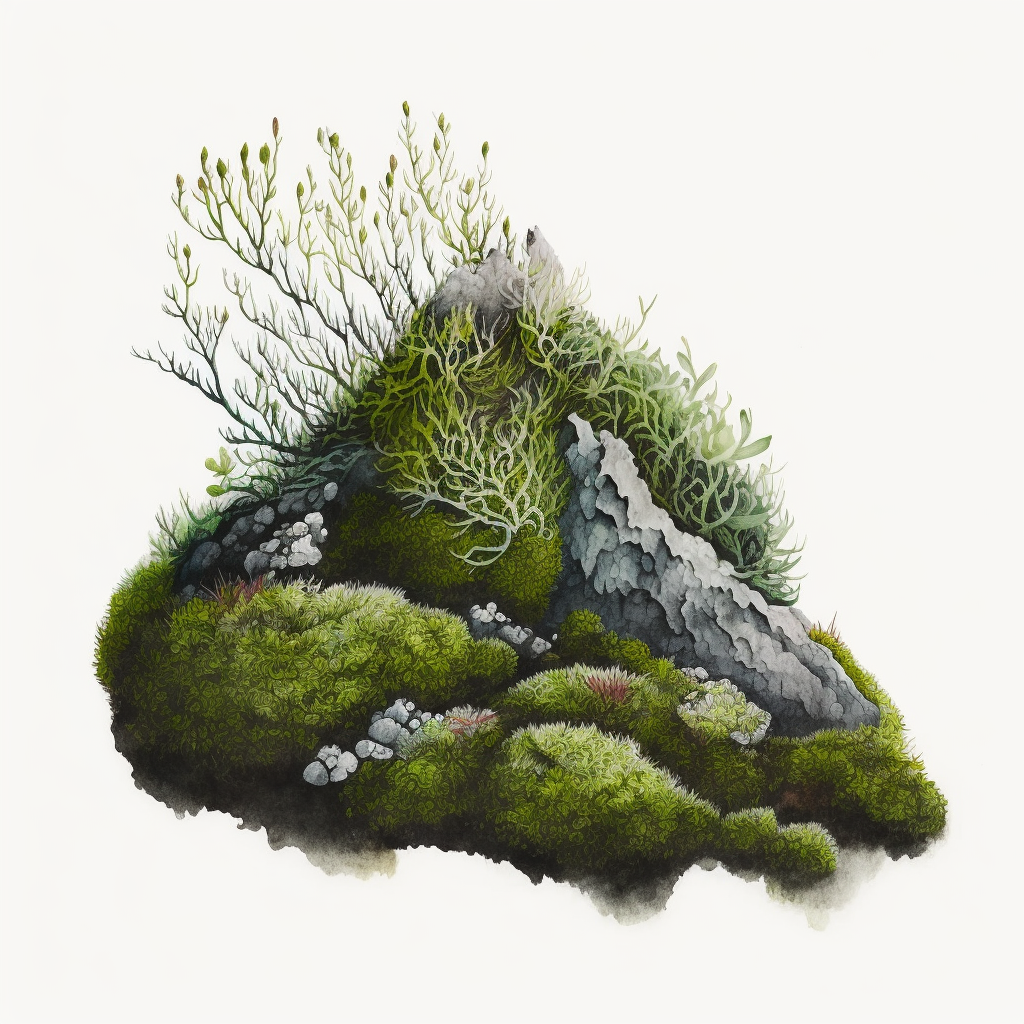
Iceland Moss
Iceland moss is a type of lichen that grows in the harsh, rocky terrain of Iceland. It has a slightly bitter, earthy flavor and is used in gin to provide a unique, local flavor. Typically, a small amount of Iceland moss is used (up to 2%).
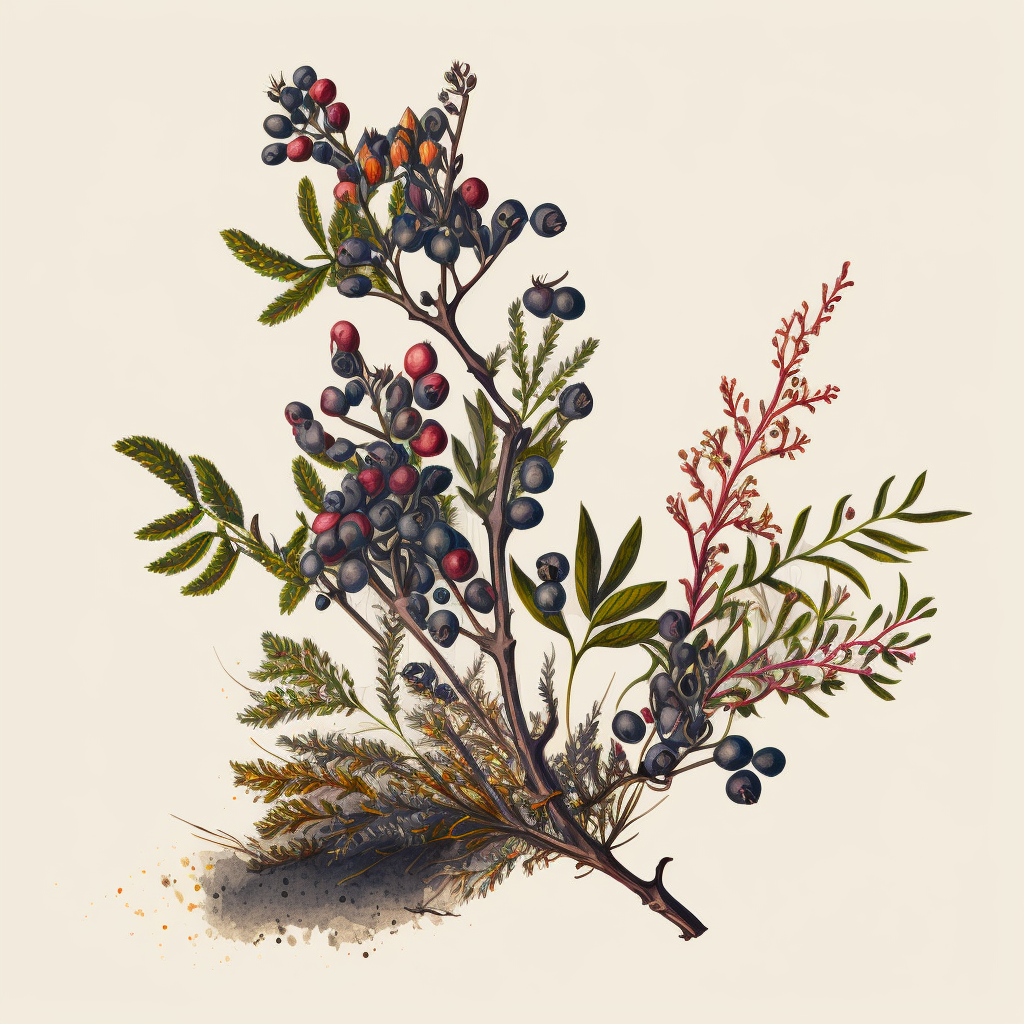
Crowberries
Rowan is a deciduous tree native to northern regions. The berries are bright red, small, and tart. They are used in gin to provide a crisp, fruity flavor. Typically, a small amount of rowan berries is used (up to 2%).

Bog Myrtle
Rowan is a deciduous tree native to northern regions. The berries are bright red, small, and tart. They are used in gin to provide a crisp, fruity flavor. Typically, a small amount of rowan berries is used (up to 2%).
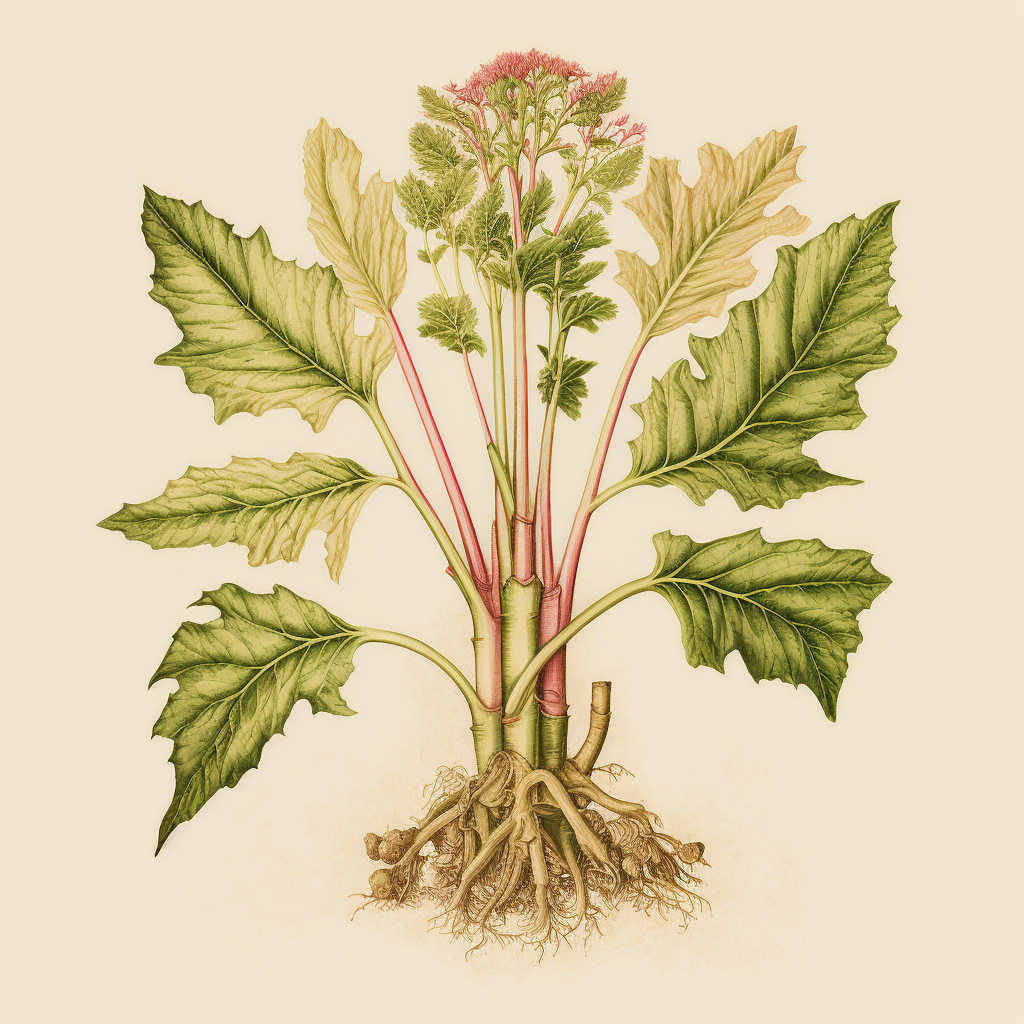
Rhubarb Root
Rowan is a deciduous tree native to northern regions. The berries are bright red, small, and tart. They are used in gin to provide a crisp, fruity flavor. Typically, a small amount of rowan berries is used (up to 2%).
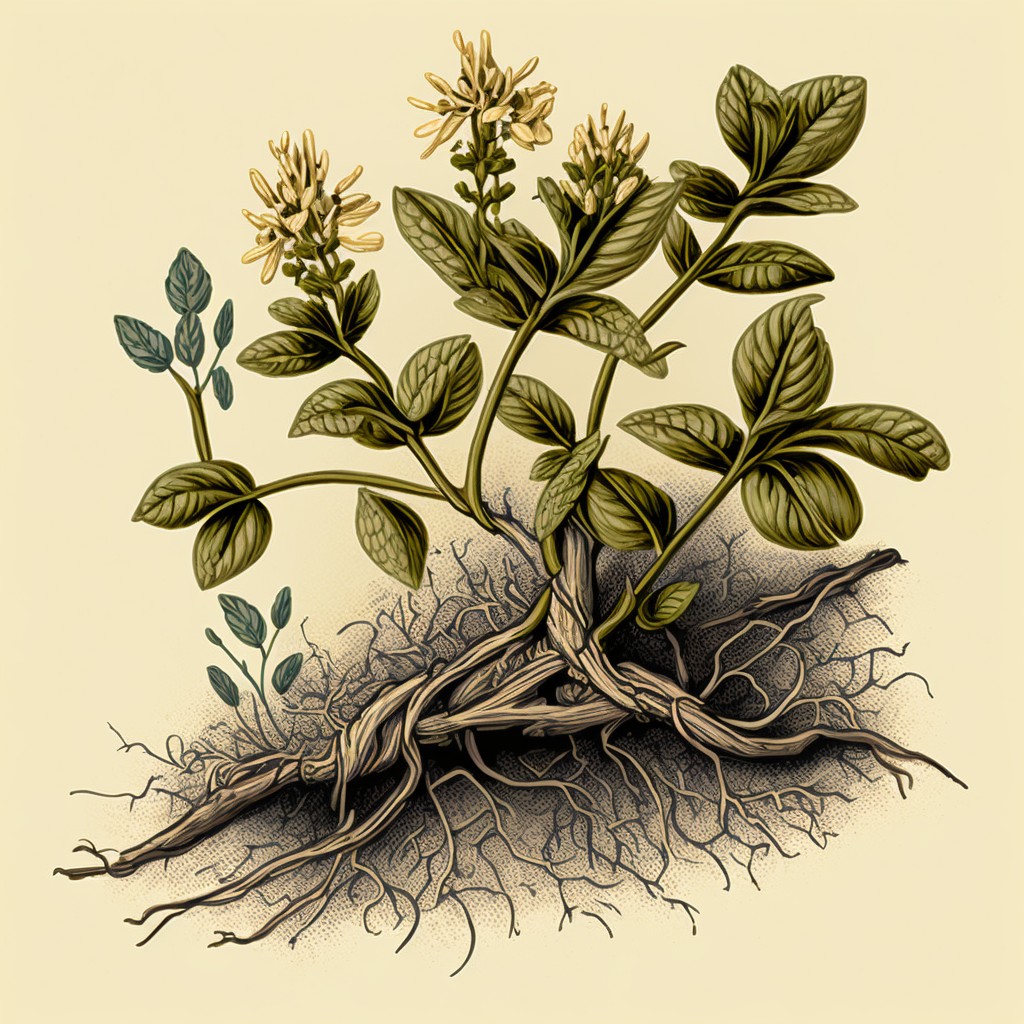
Licorice Root
Licorice root is a perennial plant that is native to Asia and Southern Europe. It grows up to a height of 1-2 meters, has long, narrow leaves, and produces clusters of small, white flowers. The root of the plant is used for its sweet, anise-like flavor, and is usually used in small amounts (up to 1% of the total botanical blend) in gin distillation.

Elderflowers
Elderflowers are small, white flowers that grow on the elderberry bush. The bush can grow up to 10 feet tall and has large, lobed leaves and clusters of small white or cream-colored flowers. Elderflowers are used in gin for their light, floral aroma and flavor and are usually used in small amounts (up to 2% of the total botanical blend) in the distillation process.
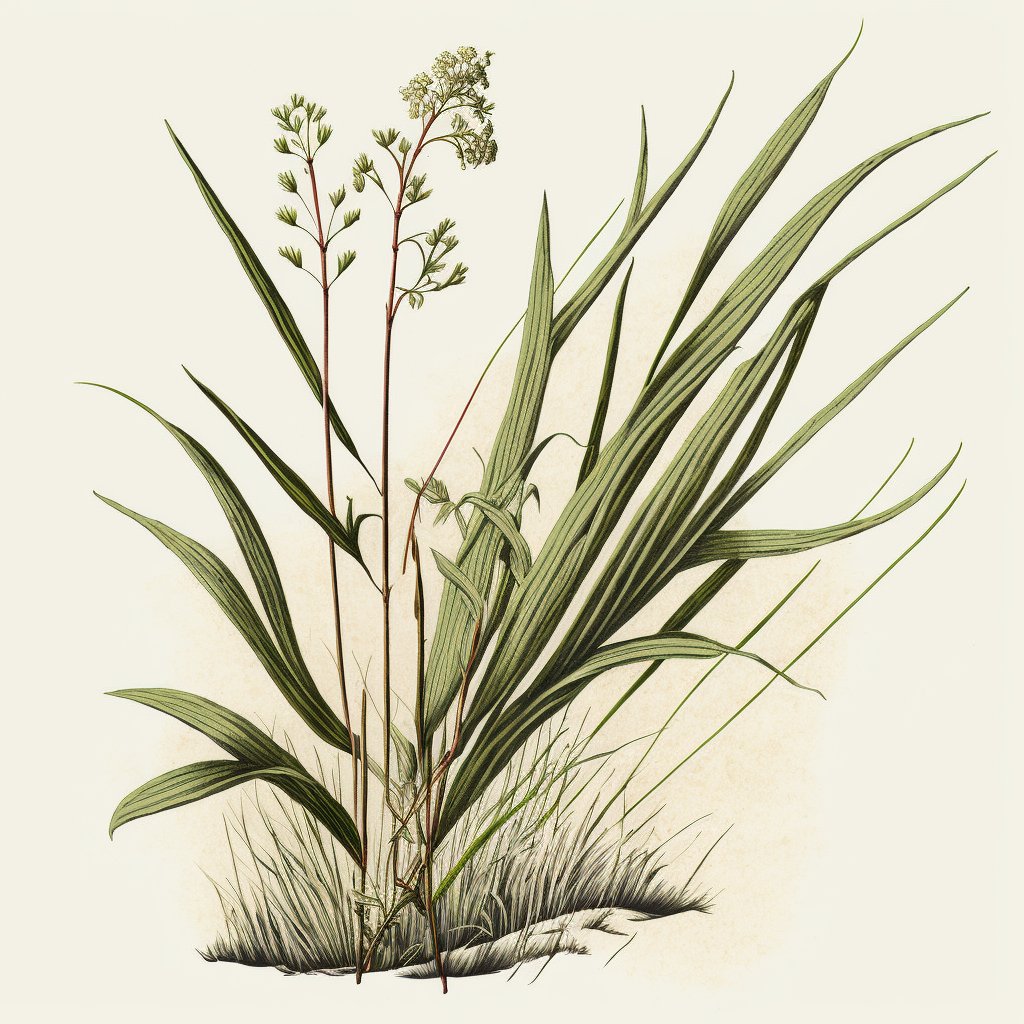
Sweet Flag
Sweet flag is a type of grass that is native to wetlands and bogs. It has long, green leaves and small, green flowers that grow in spikes. Sweet flag has a sweet, slightly earthy flavor, and is used in gin to provide a depth of flavor and a mild sweetness. It is usually used in small amounts (up to 2% of the total botanical blend) in gin distillation.
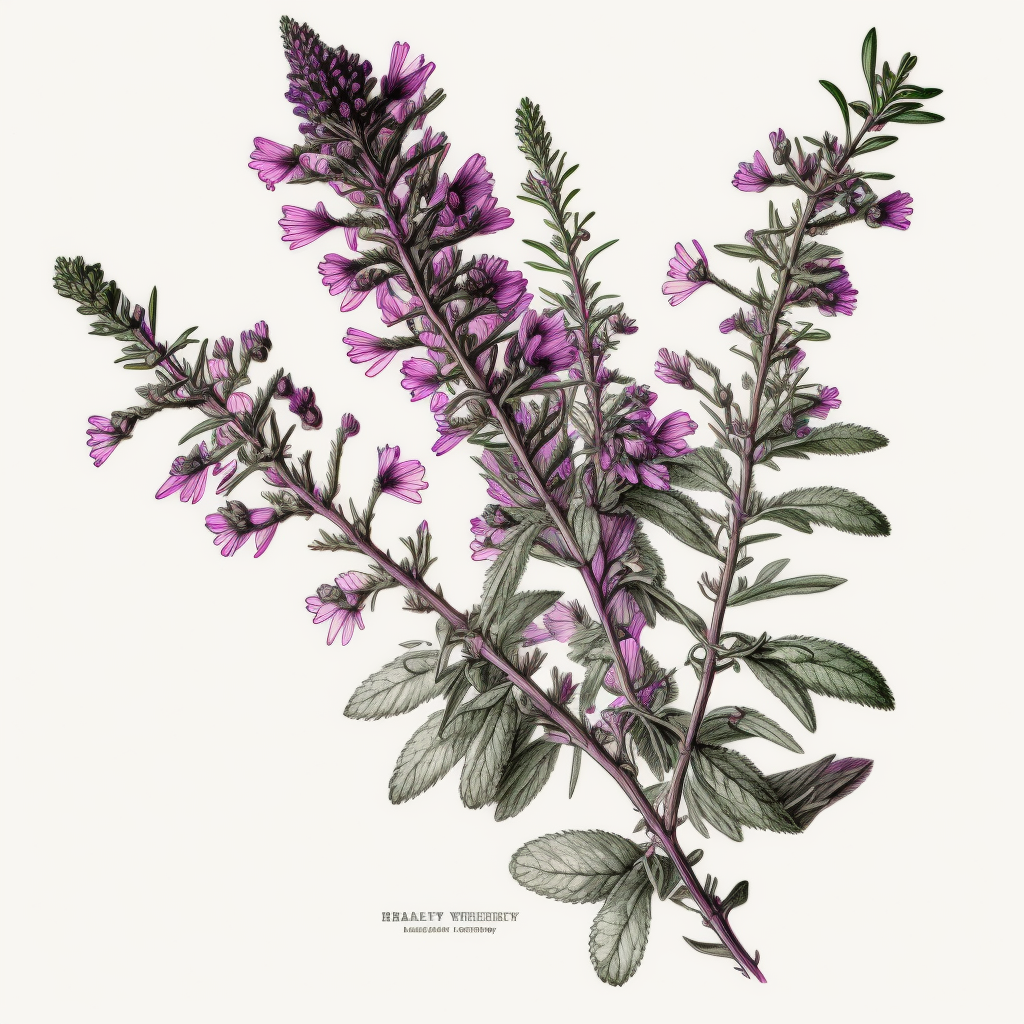
Heather
Heather is a low-growing shrub that is native to northern regions. It has small, needle-like leaves and clusters of delicate, pink or white flowers. Heather is used in gin for its light, floral aroma and flavor and is usually used in small amounts (up to 2% of the total botanical blend) in the distillation process.
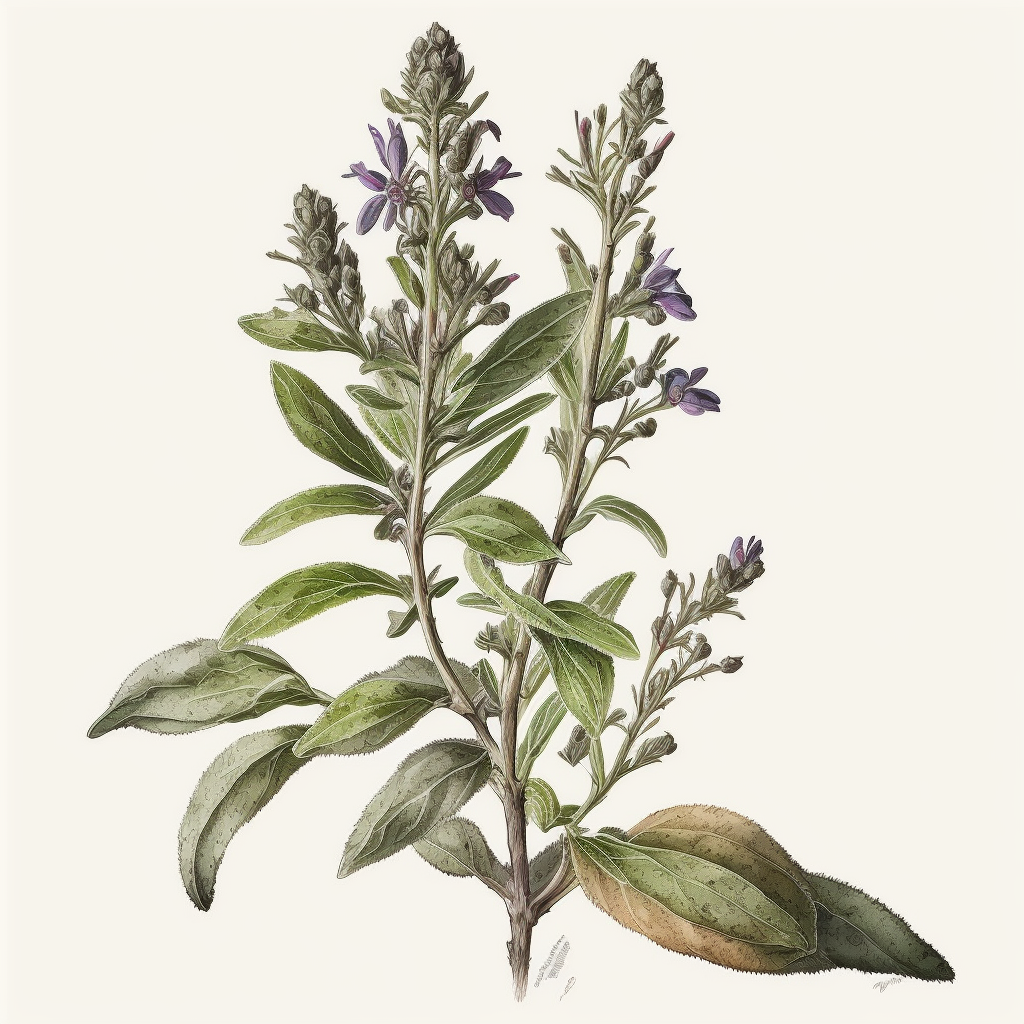
Sage
Sage is a common herb that is used for cooking. It has oval-shaped leaves that are gray-green in color and produces spikes of blue or purple flowers. Sage has a slightly bitter, earthy flavor and is used in gin to provide a depth of flavor and a touch of bitterness. It is usually used in small amounts (up to 2% of the total botanical blend) in gin distillation.
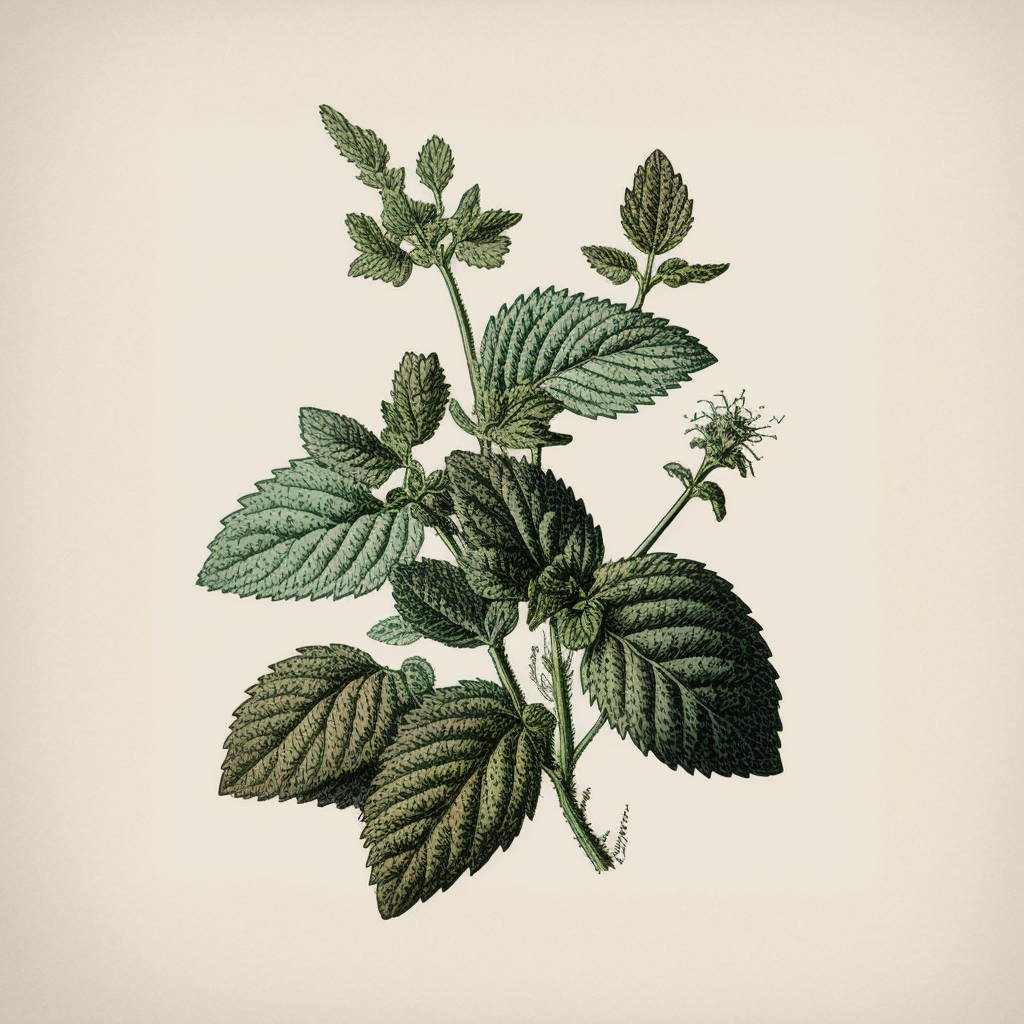
Lemon Balm
Lemon balm is a perennial herb that is native to Europe and Asia. It has lemon-scented leaves and produces small, white or yellow flowers. Lemon balm is used in gin for its fresh, citrusy flavor and aroma and is usually used in small amounts (up to 2% of the total botanical blend) in the distillation process.
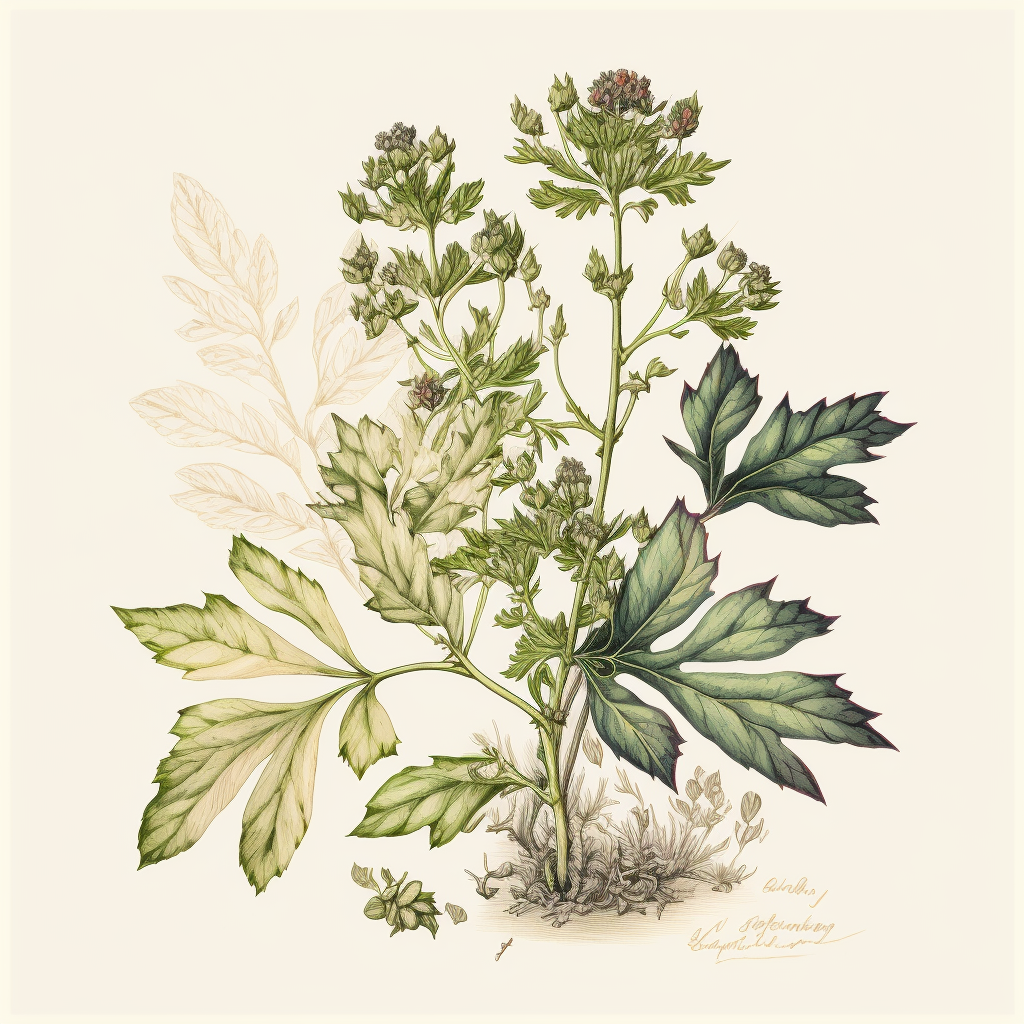
Lovage
Lovage is a perennial herb that is native to Europe and Asia. It grows up to 2 meters tall, has large, celery-like leaves, and produces spikes of yellow flowers. Lovage has a slightly bitter, celery-like flavor and is used in gin to provide a depth of flavor and a touch of bitterness. It is usually used in small amounts (up to 2% of the total botanical blend) in gin distillation.
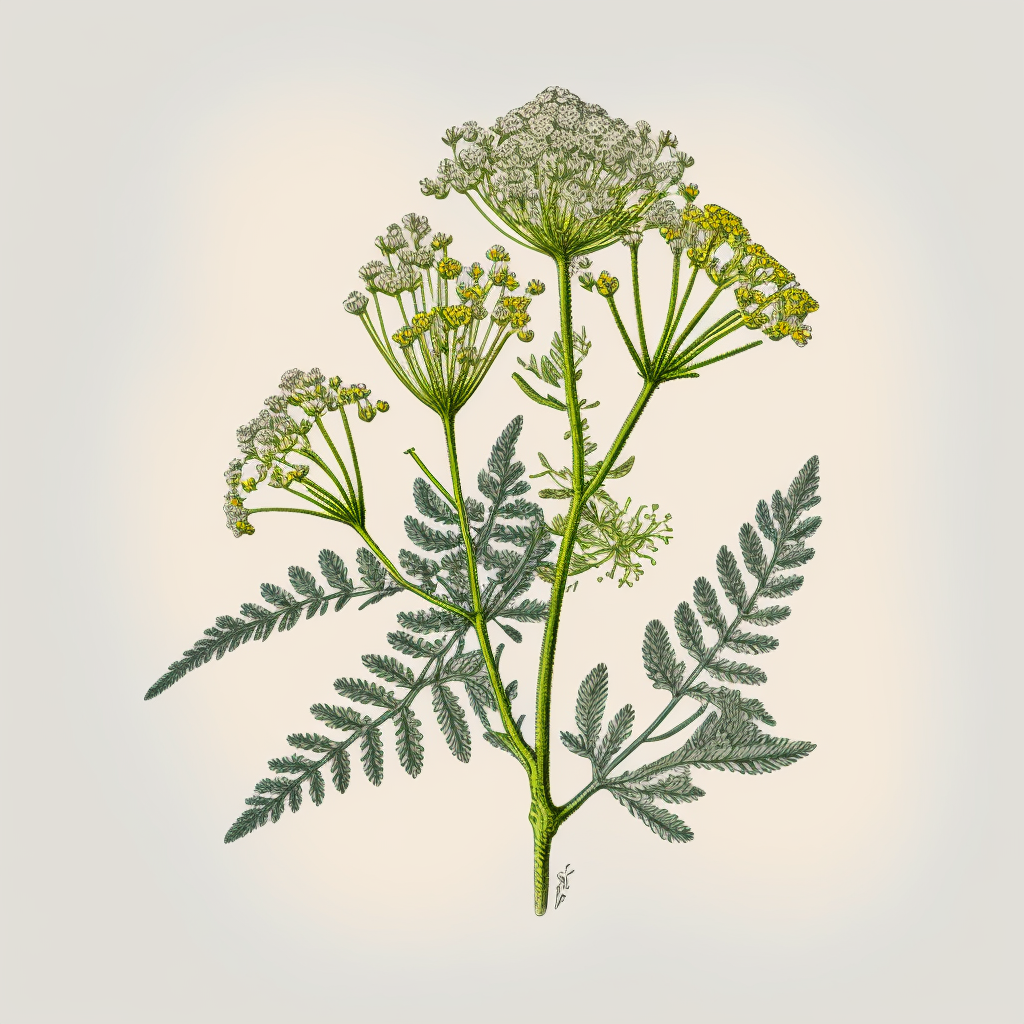
Yarrow
Yarrow is a perennial herb that is native to Europe and Asia. It has fern-like leaves and produces clusters of white or yellow flowers. Yarrow has a slightly bitter, medicinal flavor and is used in gin to provide a depth of flavor and a touch of bitterness. It is usually used in small amounts (up to 2% of the total botanical blend) in gin distillation.
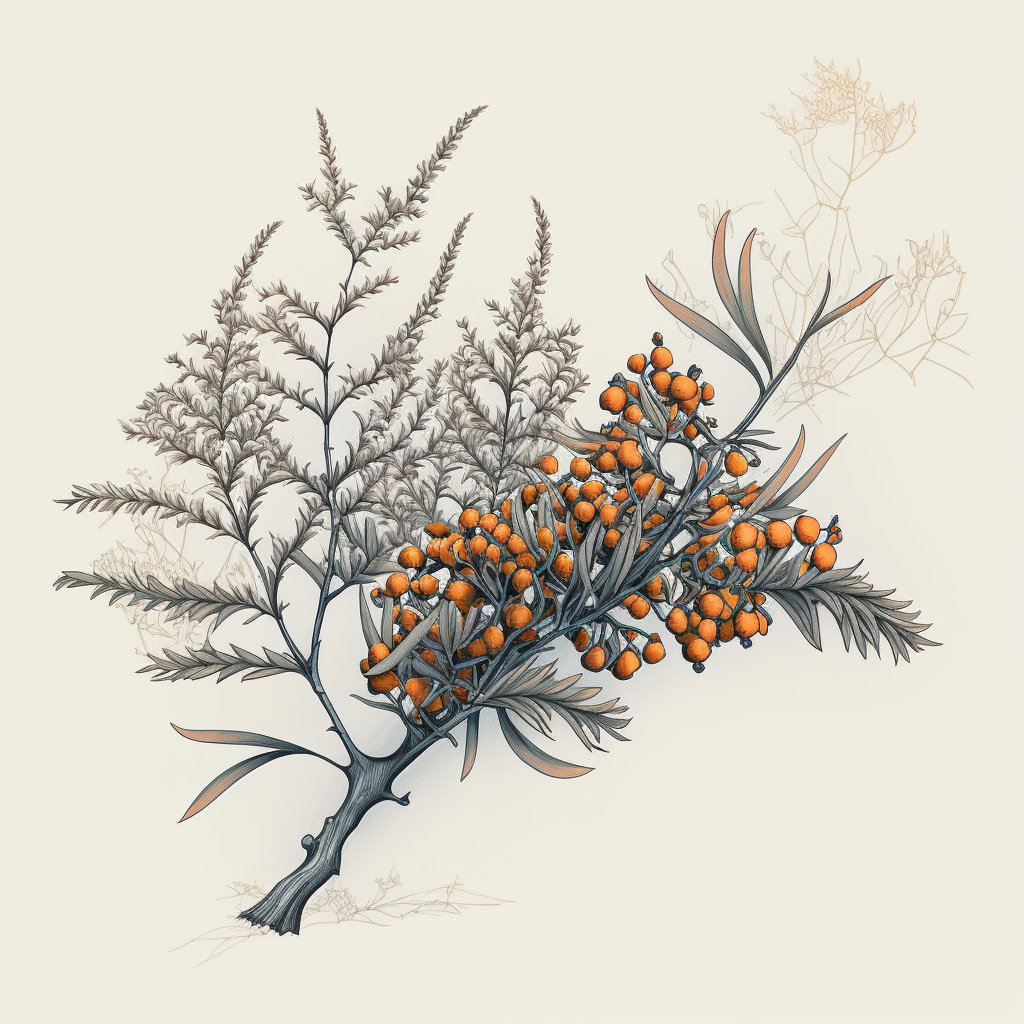
Sea Buckthorn
Sea buckthorn is a shrub that is native to coastal regions. It has bright green leaves and produces clusters of small, yellow flowers followed by bright orange berries. Sea buckthorn is used in gin for its tart, citrusy flavor and is usually used in small amounts (up to 2% of the total botanical blend) in the distillation process.
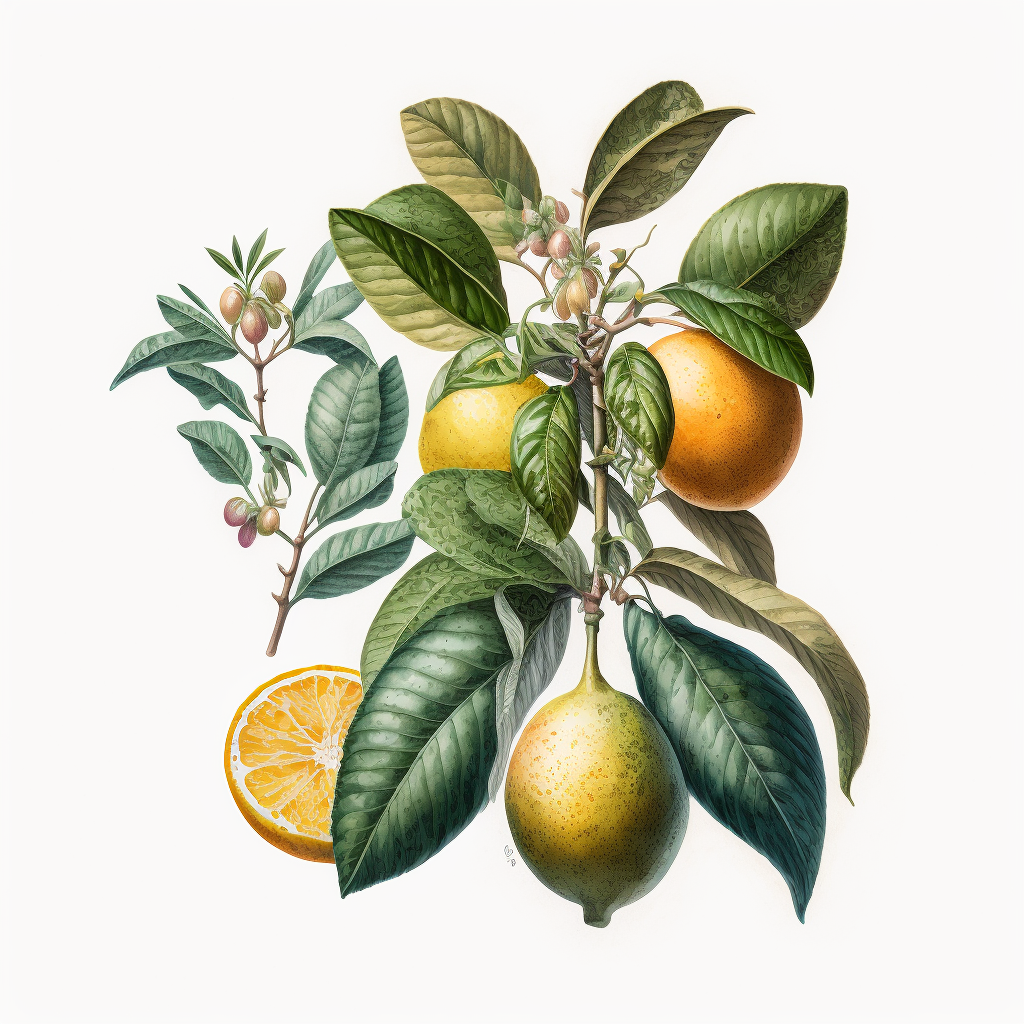
Citrus
Citrus, including lemons, limes, oranges, and grapefruits, are common botanicals used in the distillation of gin. The zest (the outer peel) of the fruit is used in gin for its bright, citrusy flavor and aroma. The amount of citrus used in gin distillation can vary depending on the desired flavor profile, but it is usually used in small amounts (up to 2% of the total botanical blend) to provide a fresh, bright note to the gin. The zest is typically added to the gin distillate before or during the final stages of distillation to ensure that the delicate citrus aroma is captured and infused into the gin.
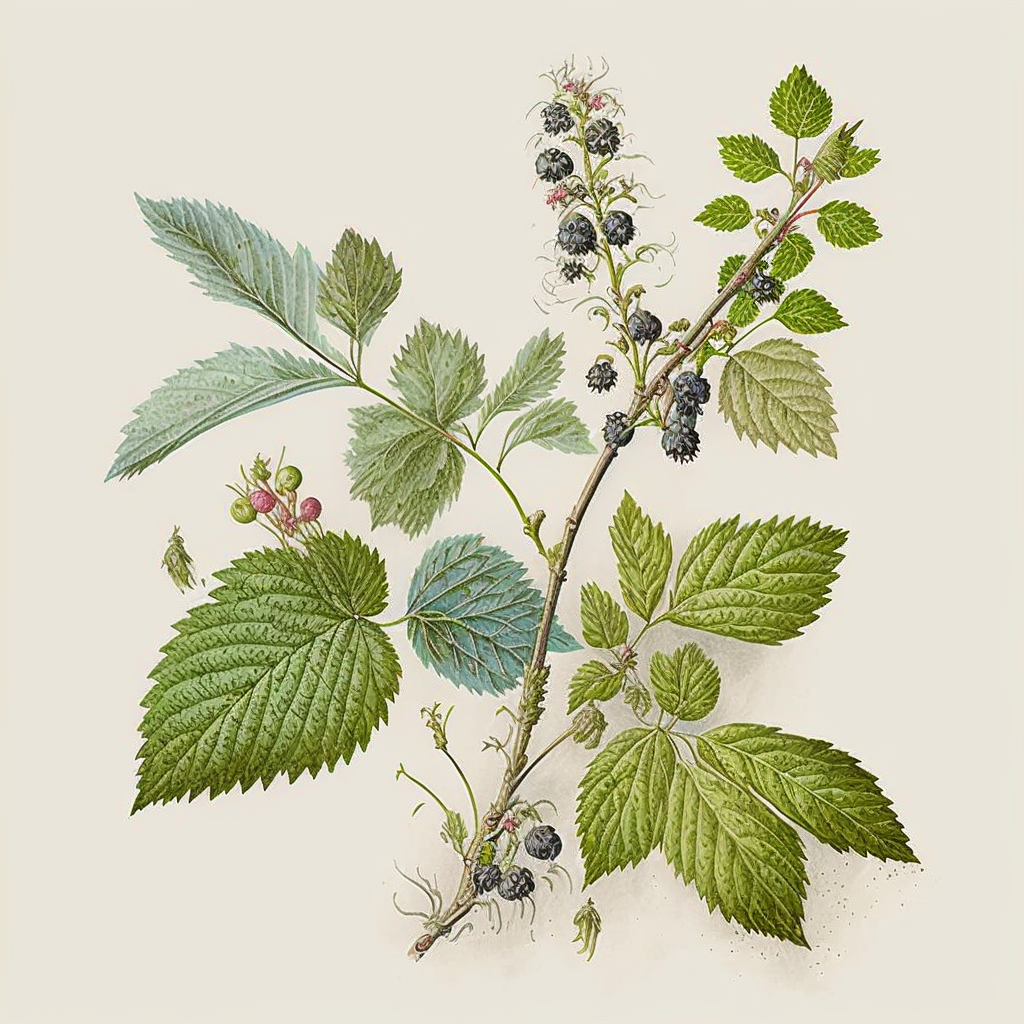
Arctic Bramble
Arctic Bramble (Rubus arcticus) is a wild berry that grows in the Arctic and sub-Arctic regions of Iceland. It is known for its tart and fruity flavor profile, with notes of cranberry and red currant. This unique botanical is a popular ingredient in Icelandic gin, contributing to its distinct taste and aroma. The amount of Arctic bramble used in gin can vary, but it is usually added in small amounts to balance the flavors of the other botanicals and avoid overpowering the final product.
Icelandic gin is a truly unique spirit that is made from a blend of botanicals that are native to Iceland. From the piney flavor of the juniper berries to the tart flavor of the crowberries, each botanical adds its own unique contribution to the final flavor of the gin. Whether you are a gin connoisseur or simply looking to try something new, Icelandic gin is a spirit that is definitely worth trying.
